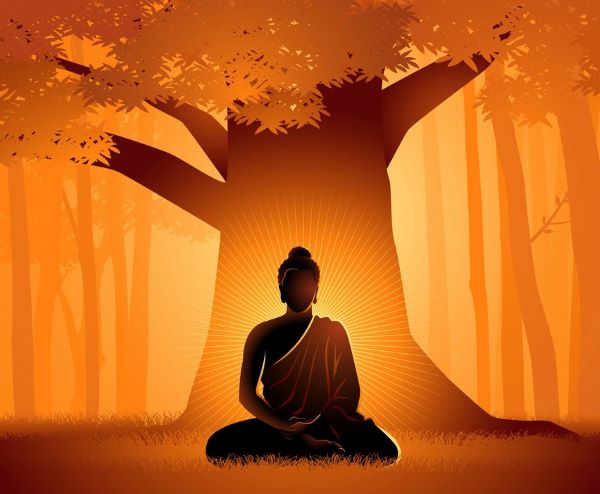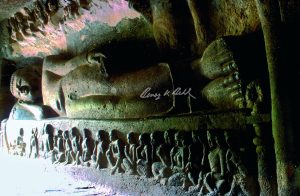Masterpieces of Buddhist art

Over the last five parts of the 12-part series on the story of Buddhism, art historian and producer-director BENOY K BEHL has got us closer to the Buddhist sites of India, Gautam Siddharth’s escape from material world, the world of early rock-cut caves of western India, the early images of Buddha and the Buddhist heritage of Telangana and Andhra. Find out where he takes us today…
This film covers the secnd phase of Buddhist caves in western India. The sites covered are Ajanta Caves, Kanheri Caves, Kondivite Caves, Aurangabad Caves and Ellora Caves (5th cent. -7th cent. CE). From the first century onward, deities were created in Indian art for meditation and puja. By the fifth century, sublime deities were made in central and northern India.
Though they were imaged in human form, their purpose was to move us through their grace and beauty, to help us transcend the world of forms: to leave behind our attachments and desires. In the meantime, near the coast of western India, the tradition of making great caves hewn out of heart of the mountain, which had begun in the second century BCE, continued.



